From Annoyance to Addiction: Why Americans Love the Start-Stop Button
Americans have always loved convenience, and the start-stop button symbolizes that obsession. What began as a futuristic luxury has become a quiet revolution beneath our fingertips — with hidden complexities few understand.
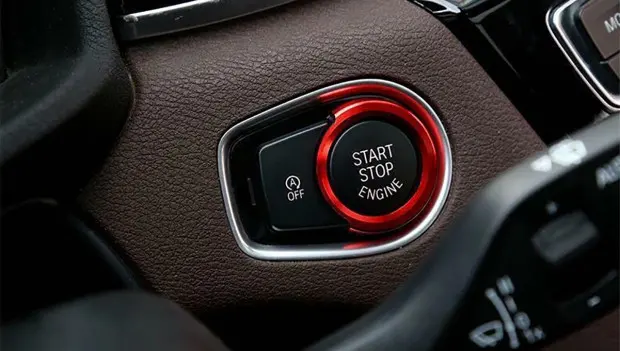
The first modern start-stop button appeared in the early 2000s, inspired by keyless ignition systems developed for luxury cars. But its roots stretch back to mid-20th-century aviation, where pilots used push-button ignition to simplify cockpit operations. Automakers later adapted the idea, merging comfort, technology, and security — transforming the simple key turn into an electronic handshake with the car’s computer.
This was explained by automotive expert of Auto30.com, J.D. Ingham, who notes that the button’s psychology goes far beyond convenience — it’s about emotion, ritual, and control.
The Psychology of the Button

To many Americans, pressing a start button feels like a small act of power — a ritual that fuses technology and control. Unlike turning a key, which is mechanical, the button evokes modernity, confidence, and efficiency. Car designers deliberately tuned the tactile feedback and lighting of these buttons to feel “premium,” giving drivers a sensory cue of authority before the engine even breathes.
What’s fascinating is that this design also created an emotional bond. When a driver presses “START,” they aren’t just activating a vehicle — they’re beginning a personal journey. That’s why many manufacturers keep the same red glow or heartbeat-like illumination even in electric vehicles where “starting” technically doesn’t exist anymore.
Understanding the Start-Stop System
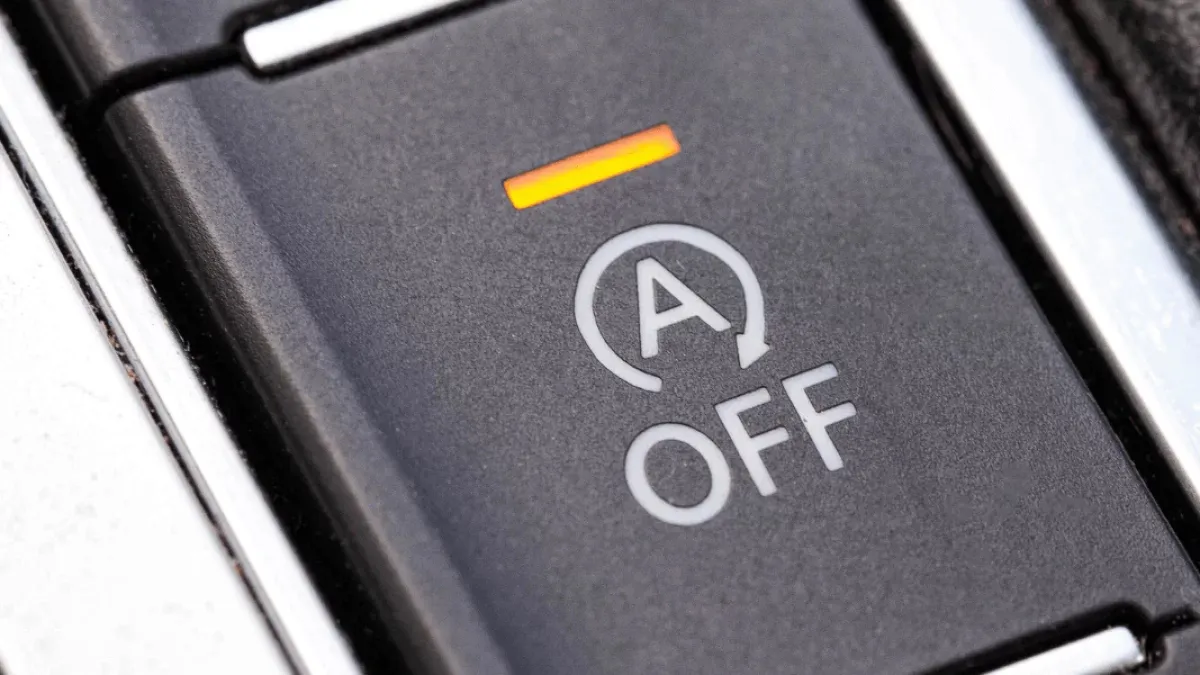
Beyond the button lies the start-stop system, a separate but related innovation that automatically shuts down the engine when the vehicle stops — for instance, at traffic lights — and restarts it when the driver lifts their foot off the brake.
This technology was born from a global push for fuel efficiency and emission reduction. It’s especially common in American urban environments, where stop-and-go traffic burns unnecessary fuel.
Advantages
-
Fuel Efficiency: The system can reduce fuel consumption by 5–10% in city driving, depending on the engine and driving style.
-
Reduced Emissions: Lower idling time means fewer pollutants. For eco-conscious Americans, this feature aligns with modern environmental values.
-
Silent Comfort: When tuned properly, the moment of engine silence during a stop feels serene, reducing cabin noise.
Disadvantages
-
Starter Motor Wear: Frequent restarts put additional strain on the starter and battery, especially in older systems.
-
Comfort Issues: Some drivers dislike the engine’s brief pause, feeling it interrupts smooth driving flow.
-
Winter Problems: In cold climates, constant restarting can delay cabin heating and stress the electrical system.
While newer cars mitigate many of these issues with advanced batteries and reinforced starters, Americans with long commutes often disable the system for convenience — preferring predictability over small efficiency gains.
The Engineering Behind It
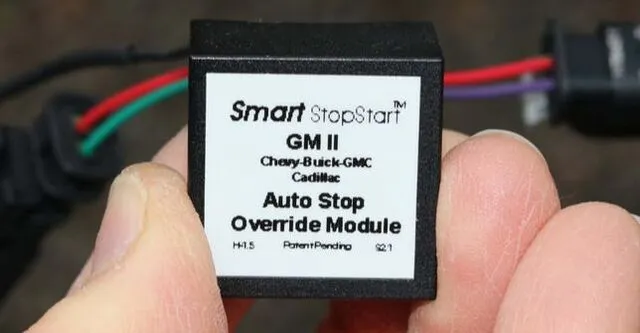
Modern start-stop systems rely on intelligent control units that monitor vehicle speed, battery voltage, and cabin temperature. If the conditions are right, the engine stops. If not — say, the air conditioner is running at full blast or the battery is weak — the system stays inactive.
Manufacturers like Ford, GM, and Toyota use different algorithms, each balancing comfort and economy. For instance, some systems restart the engine milliseconds before brake release to ensure smoother acceleration.
This micro-timing — invisible to the driver — is where engineering art meets user psychology. Americans might not realize it, but behind every effortless restart are thousands of lines of software code managing sensors, fuel injection, and torque synchronization.
When the System Fails: Repair and Maintenance
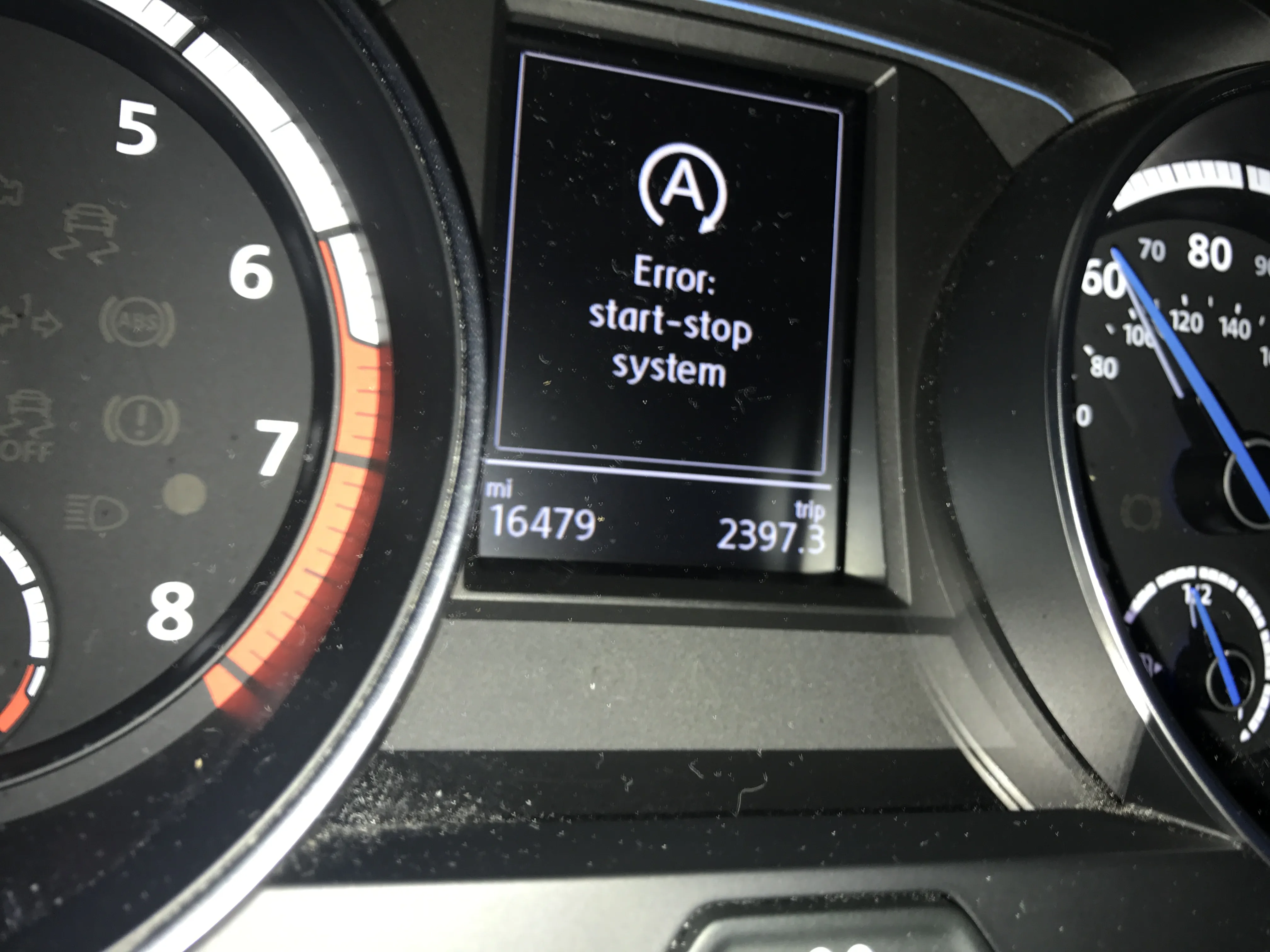
Despite its sophistication, the start-stop system can fail, and the repair isn’t always straightforward. As an automotive expert, I’ve seen countless cases where owners blame the button, but the real culprit lies deeper.
Common issues include:
-
Battery degradation: Start-stop systems demand high-performance AGM or EFB batteries. Using a standard one can lead to premature failure.
-
Faulty sensors: A single malfunctioning brake or crankshaft sensor can disable the system entirely.
-
Software errors: Even a minor update glitch in the car’s ECU can create inconsistent start-stop behavior.
Repair typically begins with diagnostic scanning. Most American workshops now have specialized equipment to test battery readiness and system logic. In some cases, reprogramming the control unit resolves the issue. In others, replacement parts — especially starters or batteries — may be necessary.
Preventive maintenance is key. Regularly checking battery health, keeping terminals clean, and ensuring the vehicle’s software is up to date can extend the system’s life dramatically.
Cultural Shift: Why Americans Embrace It Anyway
Even with its flaws, Americans continue to accept — even appreciate — start-stop technology. The reason isn’t just environmental; it’s psychological and cultural.
The button represents progress and personalization. It’s the gateway to smart mobility — where cars remember your seat position, climate preferences, and navigation routes. The silent moment at a red light, when the engine rests, symbolizes efficiency and control — values that align perfectly with the modern American mindset.
In an age where convenience rules, the start-stop button stands as a small, elegant reminder of how technology reshapes human behavior — one press at a time.
Final Thoughts
The start-stop button and its intelligent system reveal more than engineering — they expose how Americans connect emotionally with innovation. What began as a convenience feature has evolved into a symbol of technological harmony: a fusion of power, silence, and progress.
As an expert, I see it as the most underestimated revolution in automotive design — one that doesn’t just start engines, but quietly starts a new era of driving philosophy.
You may also be interested in the news:

An Unexpected Ride: Woman Gives Birth in a Driverless Taxi in San Francisco
The robotaxi safely completed the trip to the hospital on its own.

These Car Movies Every American Should Watch: Our Top 5 Picks
You’ve probably seen many of them before, but revisiting these classics can still deliver the same rush as the first time.

Why you shouldn't press these buttons in your car: some could be dangerous
These controls are easy to hit by accident—or out of inexperience, especially for new drivers.

Ten Unusual Wheel Designs That Completely Transform a Car’s Look
Wheels are one of the most important parts of a car—and not just because the vehicle can’t move without them.
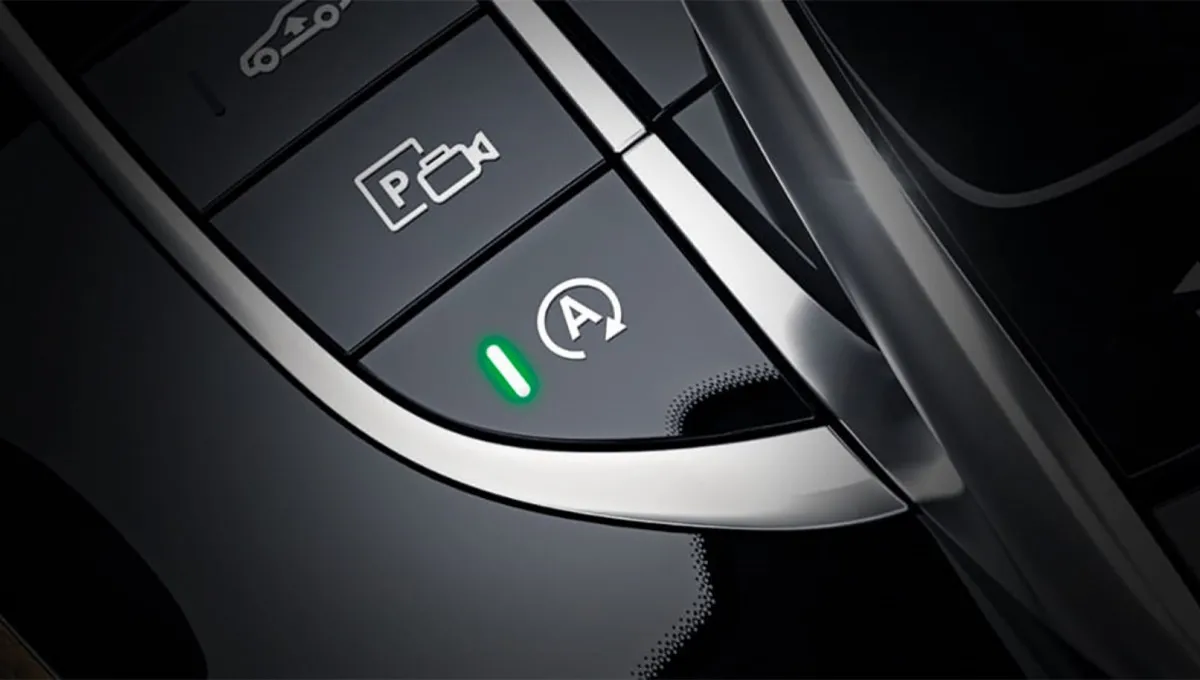
Is Your Car's Start-Stop Feature Helping or Hurting: Am I the Only One It Annoys?
Most modern vehicles come with auto start-stop systems that shut off the engine at stops, but drivers remain divided.